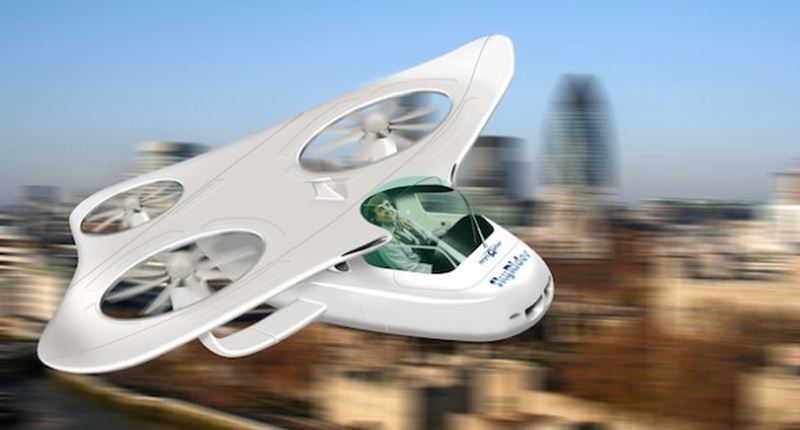OpenAI has launched GPT 5.2, a major model upgrade now available in both the API and ChatGPT. It is described as the company’s most…
Making flying cars and commuter aviation a reality


A new European Union project called my Copter has embarked on a serious initiative to ease projected increases in traffic congestion with the introduction of viable personal aviation vehicles by 2050.
PAVs are nothing new, and several companies around the world have already donned flying car prototypes to considerable media attention. Unfortunately, key challenges in commercializing these aerial vehicles include designating flight paths that PAV commuters can easily follow, developing on-board systems that prevent aerial collisions, and simplifying flight controls to such an extent that obtaining a license is as feasible as obtaining a driver’s license. The seriousness of these challenges has inspired the EU project to enlist the help of six European institutes.
Dr. Heinrich Bülthoff, director of perception, cognition and action at the Max Planck Institute in Tübingen, Germany, and one of the leading researchers of the myCopter project, says, “It’s been a dream of mine since I read it in science fiction books and in the movies as a kid, but science fiction is becoming the reality these days.”
The ultimate goal of the myCopter project is not so much the building of flying cars, but rather ironing out the logistical details in developing self-regulating virtual highways in the sky aimed at preventing collisions and providing aerial commuters a near dummy-proof flying experience.
myCopter2According to Dr. Bülthoff, the emphasis is on simplicity, which the project hopes to accomplish by looking at existing advances in swarm technology, haptic feedback, and programs focused on “comprehensive situational awareness.” Together, these technologies hope to automate and streamline many of the controls PAV commuters would have to learn, not unlike the idea behind Google’s driverless car technology. “If you want to make a flying car it should be for everybody, but you can’t make every car driver into a pilot,” Dr. Bülthoff.
Researchers working on the project are also looking at creating aerial corridors above existing stretches of highway as a way to minimize clutter in the sky. Of course, additional challenges remain, such as who would be responsible in the event of a collision, and the extent of injury and death both in the air and on the ground. Still, Dr. Bülthoff and fellow researchers remain optimistic about making flying cars a reality within the century.
“The timescale is to have them available by 2050. But I am not likely to be around in 2050, so I’m quietly optimistic that we will have one before that.”
Story originally from Techgenmag


